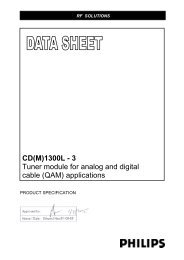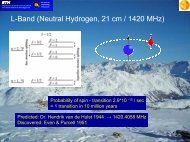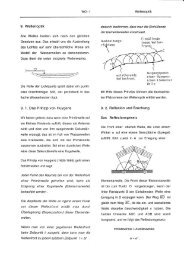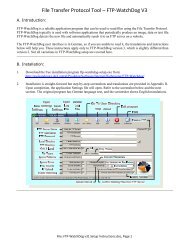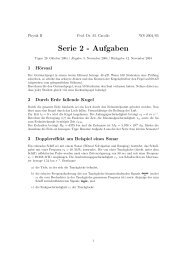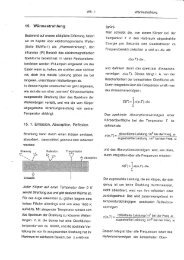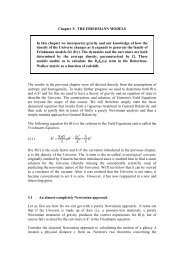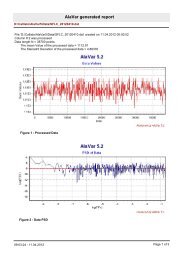here - Institute for Astronomy Umleitung
here - Institute for Astronomy Umleitung
here - Institute for Astronomy Umleitung
Create successful ePaper yourself
Turn your PDF publications into a flip-book with our unique Google optimized e-Paper software.
Title: Science Case<br />
Reference: MUSE-MEM-SCI-052<br />
Issue: 1.3<br />
Date: 04/02/2004<br />
Page: 97/100<br />
8. Competitiveness<br />
8.1. Introduction<br />
MUSE, as any second generation VLT instrument, should be able to maintain and expand the<br />
VLT world-wide competitiveness in 2010+. As such, it should not only be superior to existing<br />
instruments in terms of per<strong>for</strong>mance, but should also extend the scientific capabilities of the<br />
observatory into unique areas. In this section we try to assess its competitiveness.<br />
Competitiveness is generally a difficult issue to discuss, and even more difficult to properly<br />
quantify. The most valid approach is to compare MUSE with other instruments or facilities in<br />
view of each of the science goals, such as the comparisons already made and discussed<br />
throughout the various science case presentations. The key points to emphasize from these<br />
comparisons are that the MUSE sensitivity per<strong>for</strong>mance is around two orders of magnitude<br />
better than narrow-band imaging; the volume-depth which can be surveyed with MUSE is<br />
unprecedented; and its ability to provide both high-spatial resolution spectroscopic<br />
in<strong>for</strong>mation across a wide field of view, or to get diffraction-limited resolution at visible<br />
wavelengths over a smaller area, are unparalleled by any other instrument, existing or<br />
planned. The MUSE science team believes that the large majority of the presented science<br />
cases are unique to MUSE, either because they are simply not feasible with other instruments<br />
(e.g. detection of high-z faint Ly α emitters that are not detectable in broad band imaging, even<br />
with HST), or because it would take in excess of 10–100 times longer to per<strong>for</strong>m the same<br />
survey with other facilities, and so are simply not tenable. For example, as discussed in<br />
section 4.4, the combination of large field-of-view with seeing-limited spatial sampling makes<br />
MUSE WFM an unrivalled tool <strong>for</strong> background-limited spectroscopy of resolved stellar<br />
populations in nearby galaxies: 260× more efficient than FLAMES, and 210× more efficient<br />
than the GMOS-IFU.<br />
It is also possible to compare MUSE with other instruments in term of generic per<strong>for</strong>mance.<br />
This approach is also important, not only because in seven years, science goals may have<br />
evolved, but also because the science team has its own bias and cannot represent all interests<br />
of the entire ESO community. MUSE is an IFU and should t<strong>here</strong><strong>for</strong>e be compared to others<br />
IFUs that share some of its characteristics: wide-field of view, high spatial resolution, large<br />
simultaneous spectral range and medium spectral resolution. Here we compare the two modes<br />
of MUSE with existing or planned wide-field or high spatial resolution IFUs.




